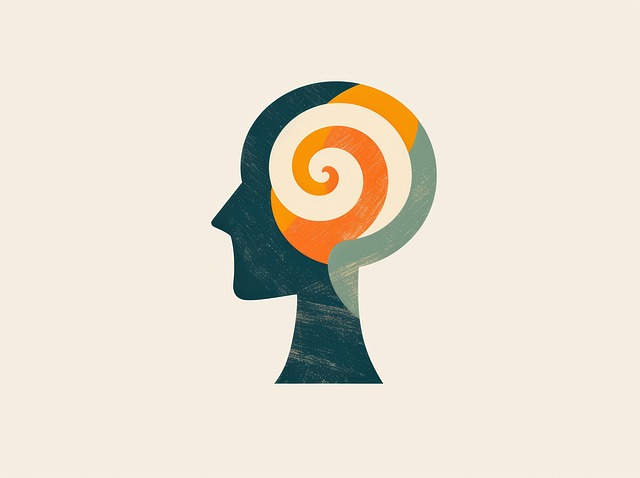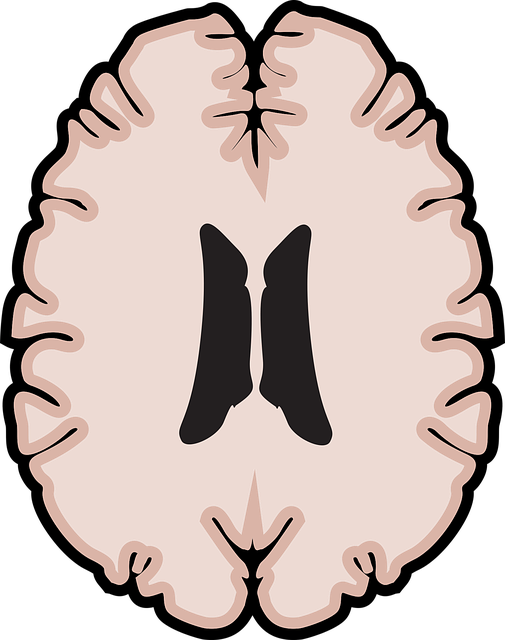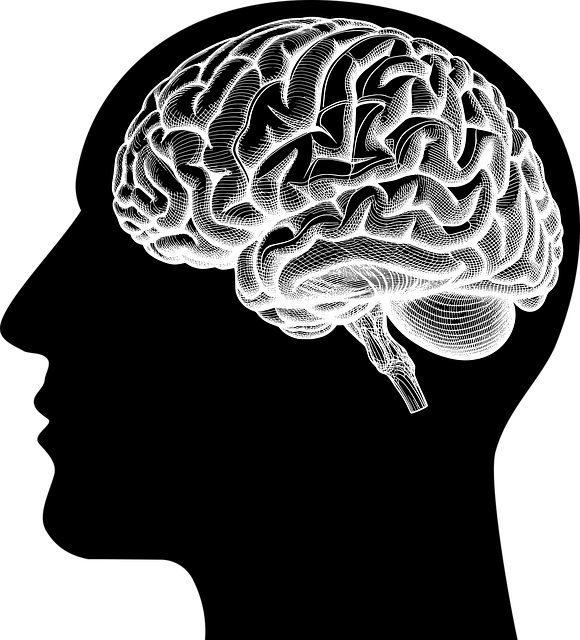The Resourceful, Flexible, and Mobile (RFM) model, combined with American Sign Language (ASL), offers a holistic approach to improving mental health outcomes for elderly individuals. ASL revolutionizes therapy by providing a non-verbal communication tool that enhances emotional understanding and reduces stress. Incorporating personal narratives and cultural traditions into group discussions fosters a sense of belonging and purpose, addressing broader Mental Health Policy issues while reducing stigma. The use of visual aids, signing games, and role-playing scenarios in daily therapy sessions improves communication, boosts confidence, and facilitates social interactions, making ASL an effective tool for depression prevention. Case studies demonstrate successful integration of ASL into elder care, improving communication, reducing isolation, and boosting self-esteem, particularly beneficial for those facing cognitive decline or social isolation.
“Enhance elderly well-being with Revolutionary approaches to therapy: Exploring the synergy of RFM (Resilience, Functionality, and Mobility) and American Sign Language (ASL). This comprehensive guide delves into the unique benefits of ASL for communication and resilience building in elders. We dissect evidence-based strategies for designing effective RFM exercises tailored to their needs, offering practical insights on integrating ASL into traditional therapy. Through inspiring case studies, discover how this dynamic duo fosters independence and enriches lives.”
- Understanding RFM and Its Relevance to Elderly Well-being
- The Impact of American Sign Language on Communication and Resilience
- Designing Effective Resilience Building Exercises for Elders
- Incorporating ASL into RFM Therapy: Practical Strategies
- Case Studies: Success Stories of RFM and ASL Integration
Understanding RFM and Its Relevance to Elderly Well-being

The Resourceful, Flexible, and Mobile (RFM) model is a powerful framework that recognizes and cultivates the inherent resilience of elderly individuals. This approach is particularly relevant to enhancing the well-being of older adults, as it focuses on their unique capabilities and challenges. By understanding RFM, therapy for elders can be tailored to address specific needs, promoting independence and an improved quality of life.
Incorporating American Sign Language (ASL) into therapy sessions offers a unique advantage. ASL allows for enhanced communication, particularly with hard-of-hearing seniors, fostering better engagement during mood management workshops and stress management exercises. Self-awareness exercises, often facilitated through RFM, can help elderly individuals navigate their emotions and experiences more effectively, leading to improved mental health outcomes. This holistic approach, combining RFM principles and ASL, has the potential to revolutionize support services for older adults within organization settings.
The Impact of American Sign Language on Communication and Resilience

American Sign Language (ASL) is transforming communication and resilience-building exercises, particularly in the context of therapy for elders. Beyond words, ASL offers a powerful medium for expressing emotions, thoughts, and experiences, making it an invaluable tool for mental health professionals. This visual language enhances non-verbal communication skills, which are essential for understanding and addressing emotional needs, especially among older adults who may face challenges in verbal expression due to age-related cognitive changes or hearing impairments.
The benefits extend beyond improved communication. Studies show that learning ASL can serve as an effective stress reduction method for both the learner and those they interact with. This is particularly beneficial for trauma support services, where non-verbal cues can help in assessing and managing emotional responses during therapy sessions. By incorporating ASL into resilience-building exercises, mental health professionals can create a more inclusive and supportive environment, fostering better connections and outcomes for their elderly clients.
Designing Effective Resilience Building Exercises for Elders

Designing resilience-building exercises tailored for elders is a nuanced task, considering their unique experiences and potential sensory needs. In the context of American Sign Language (ASL) therapy, these activities should be inclusive and accessible. Many older adults have rich lives filled with stories to share, and incorporating these narratives into exercises can boost engagement and mental health awareness. For instance, group discussions centered around memorable life events or cultural traditions can foster a sense of belonging and purpose.
The goal is not just to enhance resilience but also to address the broader Mental Health Policy Analysis and Advocacy issues that affect this demographic. By integrating ASL, we contribute to the reduction of stigma associated with mental illness among older adults. Through these exercises, elders can communicate their feelings more effectively, improve social connections, and develop coping strategies tailored to their experiences—all vital components for building resilience in later life.
Incorporating ASL into RFM Therapy: Practical Strategies

Incorporating American Sign Language (ASL) into Resilience-Based Therapy for Elders (RFM) offers a powerful approach to enhancing communication and building mental fortitude. This method is particularly beneficial for elderly individuals who may face challenges in expressing themselves verbally, providing an alternative pathway for emotional release and connection. ASL allows for non-verbal communication, which can be especially effective in resolving conflicts and fostering social interactions. By teaching sign language, therapists enable seniors to articulate their thoughts, feelings, and needs more effectively, thereby boosting confidence and empowering them to navigate social situations with greater ease.
Practical strategies include integrating ASL into daily therapy sessions by using visual aids, signing games, and role-playing scenarios that encourage conversation. For instance, practicing conflict resolution techniques through sign language can help seniors express their desires and boundaries more assertively, preventing potential misunderstandings or depressive episodes. This multi-sensory approach not only improves communication but also serves as a valuable tool for depression prevention by encouraging active participation and empowering individuals to take control of their emotional well-being.
Case Studies: Success Stories of RFM and ASL Integration

In recent years, there has been a growing interest in integrating American Sign Language (ASL) into therapy for elders, particularly focusing on resilience-building exercises and enhancing quality of life. Case studies from various institutions have shown remarkable success stories where ASL has been used to improve communication, reduce isolation, and boost self-esteem among elderly individuals. One such example is a study conducted at a local retirement home, where therapists incorporated daily ASL sessions into the residents’ routines. This approach not only improved their ability to express themselves but also fostered a sense of community and engagement.
The integration of ASL has been particularly beneficial for elders facing cognitive decline or social isolation. By incorporating mindfulness meditation and self-care routine development, these programs have shown significant improvements in participants’ mental health and overall well-being. Through sign language, seniors can communicate their feelings more effectively, participate in group activities, and maintain social connections—all of which are crucial aspects of a healthy and fulfilling life. These success stories highlight the power of ASL as a therapeutic tool, promoting self-esteem improvement and enhancing the quality of care for elderly individuals.
The integration of RFM (Resilience, Functionality, and Mobility) exercises with American Sign Language (ASL) presents a powerful therapeutic approach for improving elderly well-being. By combining these strategies, we can enhance communication, boost resilience, and promote active lifestyles among older adults. This article has explored the significance of ASL in enhancing cognitive function and social engagement while providing practical guidelines for designing effective RFM programs tailored to elders’ needs. The case studies highlight successful implementations, demonstrating that this combined therapy has the potential to revolutionize care, ensuring a brighter and more connected future for our aging population.














